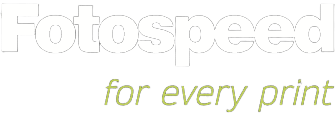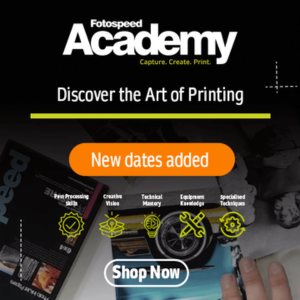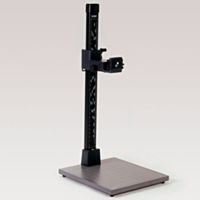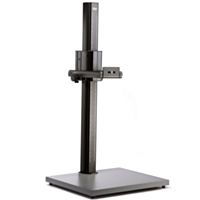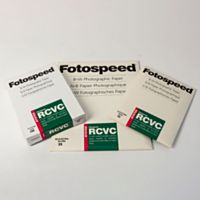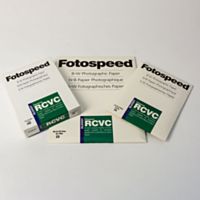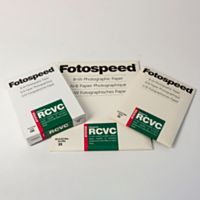Power of Print Interview with Ed Rumble
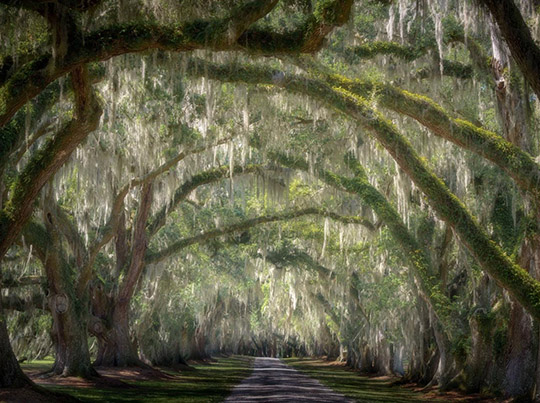

We had the pleaure of being joined by Ed Rumble to talk about his photography and what inspires him in his work.
How do you define your photography style?
Much of my landscape work is, I hope, distinguished by an understated elegance often achieved through graphic simplicity, order and design. I rarely find I am successful with the ‘big vista’ style of landscape photography. I am more likely to seek out a strong, graphic element, natural or man-made, to become the fulcrum around which the other components in my photographs work. This search for strong graphic forms as well as the possibility of conveying the wider context in a sympathetic and ‘painterly’ manner is, I suppose, characteristic of my ‘style’.

What sets it apart from other photographers that capture the same subjects?
I’m not sure I’d try and position myself as ‘set apart’ from other professional landscape photographers, most of whom are far more talented than me! However, I prefer to make images where the hand of the photographer does not overtly intrude on the viewer’s experience. I generally don’t work with extreme focal lengths, or favour dramatically saturated golden hour light, or use techniques such as HDR common to landscape photographs that are often favoured by magazines or on social media. When processing images, I try to have a restrained hand and an ‘organic’ style using brushes to subtly adjust contrast, luminosity and colour balance locally. Increasingly, I find myself drawn to a black and white interpretation of my subjects, which is perhaps also unusual for contemporary landscape photographers, but is a medium which I find can act as a further simplification device and enhance the graphic nature of my work.

Why does this style and subject appeal to you?
| Deep down, I am a control freak, which seems paradoxical for a landscape photographer who must grapple with unpredictable elements and fickle light. Yet, I feel compelled to bring some sort of order and precision to my photographs: a considered arrangement of forms, colours, or luminosity that are accentuated or concealed with the help of composition, light and shadow. When all these elements come together in a single revelatory moment, it is hugely satisfying. |  |
Is there a story behind how you got into photography or how you found your style?
When I was at college, I worked in a local photography business which was a fantastic experience. Demonstrating and selling cameras to customers, developing films along with some darkroom printing helped me gain expertise with the technical side of photography. However, assisting the boss with his wedding and studio business was truly formative as I realised that the pressures of commercial photography, with its necessary prescription, precision (especially in the days of film), deadlines and occasionally ‘demanding’ subjects was not for me. One weekend, I had been for a wander to a local woodland and made a colour negative image at a place called Waverly Abbey. It was in very soft, diffused winter light and the tones in the image made the picture look like an Old Master painting. Alan, my boss saw a little machine print and immediately said ‘You should make a large hand print of that’, which I duly did. I remember holding the heavyweight lustre paper in my hands and thinking ‘Blimey! I’ve got to do more of these!’. Looking back, it probably wasn’t the greatest image, but it was my Damascene moment.
It also taught me that the print is the final, essential step in the photographic process. A printed photograph is not merely an image of something beautiful it is something beautiful in itself: a physical representation of the subject that conveys the design, precision and authority of the photographer’s original vision.

What advice would you give to someone starting out? What did you learn that they might find valuable?
I have started tutoring and leading photography tours for Light & Land, a wonderful company founded by Fotospeed Ambassador Charlie Waite. It is fascinating to observe so many photographers, even the quite experienced, arrive on location and immediately reach for their bag to begin grappling with settings, tripods and filters. I’ve been there myself and understand that we are all fired by enthusiasm for our craft and there is nothing wrong with that!
I try to slow them down. For me, the core of the photographic endeavour is not really about ‘What’ it is about ‘Why?’. More specifically, before dealing with ‘What camera settings, focal length, depth of field, filters should I use?’, one should be asking ‘Why do I feel compelled to make a photograph here?’ The answer might lie in subject, mood, emotion, relationships, form, colour; but the quest for (literal) enlightenment inevitably requires contemplation, exploration and time to emotionally connect with the surroundings, at least for me. This is not time wasted: it may enable us to identify and begin refining an image even before we have taken the camera out of our bag. ‘Why?’ is a necessary precedent to all the ‘What ?’ questions.

Share 3 top tips on your approach to capturing the perfect photograph.
- As above! Spend some time pondering the ‘Why?’ and the ‘What?’ will reveal itself.
- Look for relationships in the image that will convey a coherent narrative; often this elevates a photograph from a ‘nice view’ to a really profound artwork
- Making one really special image on location should be the ambition: explore, try and identify it in your mind’s eye (see steps 1 & 2!) and then refine, refine refine. Don’t be tempted to hare around making hundreds of superficial photographs that fail to convey a convincing emotional response to your subject.
Bio
|
Ed is a landscape and architecture photographer based in London. An early job at his local photographic studio completed his technical apprenticeship, but also prompted him to conclude that his contemplative, philosophical approach was completely at odds with the pressures of life as a commercial, portrait, and wedding photographer! Escaping the studio, Ed quickly discovered the joy of celebrating beauty in both wild and pastoral landscapes. Moving to London broadened his vision to encompass the shapes and forms of city architecture, both ancient and modern. Ed’s work has been published in various books and magazines and his photographs are held in the collections of both corporate and private clients. He currently tutors and leads tours for Light & Land. |
 |
